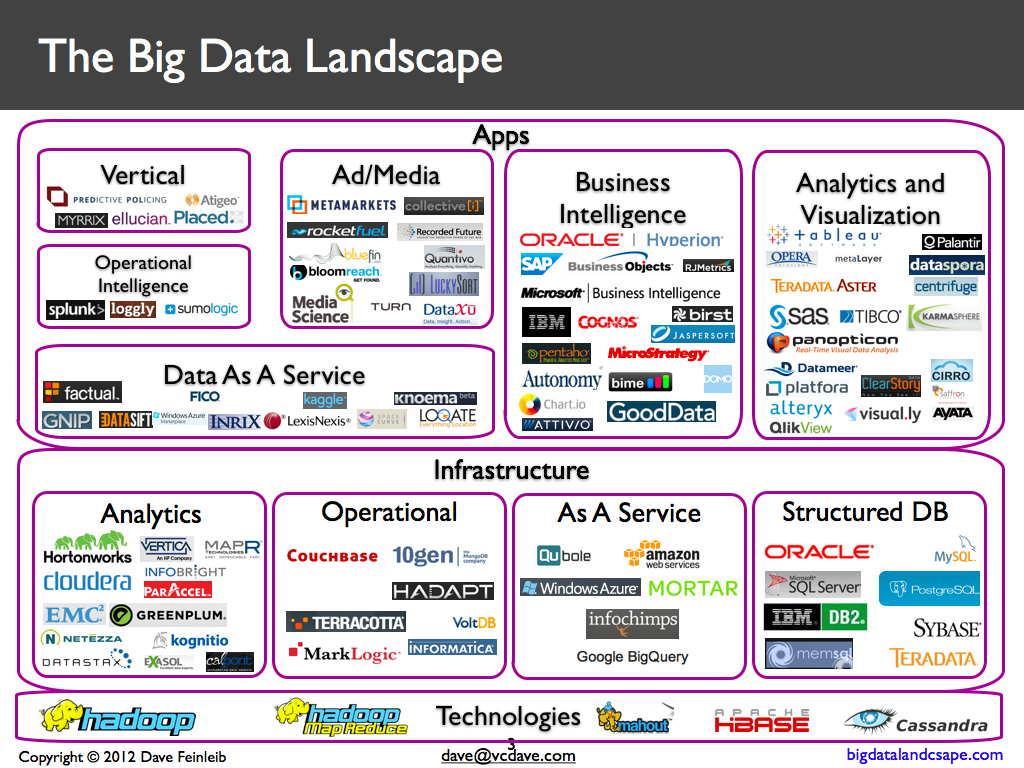Data integration is a complex topic as the number of data sources in the world is expanding exponentially.
Big data and data warehousing has greatly expanded the field of data management. Of course, perhaps the largest creators of data today are enterprises such as banks, brokerage firms, insurance companies, and engineering related companies and industries.
With so much data, the challenges to integrating data hinges on the collection of high-quality data, whether stored or collected in real time. Engineers and other information workers must build valid data models where multiple sources of data are brought together. This requires data integration tools and new data integration services and strategies.
Today’s companies and institutions, whether large or small, need a data integration strategy. First and foremost, with so many sources of data, data must be assessed for its strengths and weaknesses. At the same time, the data must be formatted so that its attributes, metadata, structure, and schema is interoperable with other data sets.
Not surprisingly, there are literally hundreds of new applications designed for special-purpose data collection, analysis, and dissemination. Services that carry out these tasks maintain data models on hundreds of sources of information. This allows for quick data integration, conversion between formats, and the ability to use data from legacy applications.
Sharing Data is Smart
Finally, because everyone is collecting data, sharing data sets can be highly efficient and productive. External data sources from vendors whether unstructured, structured, big data, web, spatial, etc., will clearly help companies save time and money while getting better results.
For larger companies, Oracle Data Integration provides “fully unified solutions or companies that want to build, deploy, and manage real-time data-centric architectures in an SOA, BI, and data warehouse environment.”
The following video from Talend explains a data integration project the company did for a pharmaceutical vendor. According to Talend, its solution “pulls together disparate data sources for a major pharmaceutical company to deliver real-time visibility into their business. Talend leveraged services such as Amazon Simple Storage Service and Amazon Simple Queuing Service to bring in both real time and batch-oriented operational data into an elastic, scalable infrastructure that delivers high-quality data to an Amazon Aurora data repository.”







